Reviewed by Meg Flores
OnePlus is making waves in the tech world with its upcoming OxygenOS 16, and the early teasers are raising some eyebrows. The company has officially announced that its major OS upgrade will arrive on October 16, will debut on October 16 (OnePlus event); open beta activity begins Oct 17 and the staged public rollout to devices starts afterward (November for many flagships).. What jumps out is how closely the new interface mirrors Apple’s design language, with design aspects ranging from home screen aesthetics to background apps screens echoing iOS. Built on Android 16, this update promises one of the biggest software upgrades for OnePlus devices, a visual reset that feels like the brand’s boldest design shift yet.
What makes this iOS comparison so striking?
Here is where it gets interesting. OnePlus is not just borrowing icons and wallpapers, it is leaning into Apple-style polish across the system. The update is expected to feature a design overhaul inspired by Apple’s iOS 26 Liquid Glass, introducing what sources describe as a "Liquid Glass" type UI that resembles Apple’s design language. Think softer blur, gentler transitions, frosted-glass style panes. Look familiar? That is the point.
The lock screen makes it obvious. OnePlus is introducing three new clock styles, including a full-width stretched clock across the screen inspired by Apple’s iOS 26. Less copycat, more commitment to a consistent vibe.
Then come lock screen widgets. Weather, calendar, third-party widgets right on the lock screen. A long-standing ask from OnePlus fans that completes the iOS-flavored look.
How AI integration creates competitive differentiation
While OnePlus adopts Apple’s visual language, it is using artificial intelligence as its calling card. The company is pitching "Intelligently Yours" AI that will adapt to users and become a more personalized OS as the big idea that sets OxygenOS 16 apart from iOS’s more static feel. OnePlus says the AI adapts to your personality, pushing the software to become the most intelligent, personal system from the OEM. Bold claim. If it sticks, it matters.
That strategy shows up through deep Google integration, with Gemini built directly into OnePlus’s own apps. The new OnePlus AI branding hints at a significant role for artificial intelligence in the update, so the smarts should be woven through daily use, not tucked away.
Here is the practical bit. Features like AI VoiceScribe will provide live captions, summaries, and VoIP call recording on WhatsApp, Telegram, and Instagram (where permitted and regionally available). AI-powered photography upgrades promise better low-light performance, faster autofocus, and enhanced portrait effects. The pitch is simple and sharp: iOS-level polish with Android-style personalization. I would take that trade.
Performance improvements support the premium experience
The visual overhaul and AI features ride on performance work that makes the whole thing feel premium. OxygenOS 16 includes under-the-hood optimizations aimed at smoother performance and greater responsiveness, and OnePlus has reworked system animations to make scrolling, multitasking, and app switching feel more fluid. You notice it in tiny moments, like app transitions and settings navigation. The places where lag usually hides.
The Quick Settings panel seals the shift. It is scrollable and customizable with drag-and-drop toggles in a split view, giving more flexible layouts and faster access through a new scrollable design.
There is also a full-screen always-on display feature, plus deeper customization with new themes, font styles, and dynamic wallpapers that shift with time of day or battery level. Form meets function, and the tinkering spirit survives.
What this means for the Android ecosystem
OxygenOS 16’s iOS-inspired push fits a wider Android trend. Brands borrow Apple’s visual discipline, then compete on AI and personalization. OnePlus isn’t alone in going all-in on AI, Oppo’s ColorOS 16 and Vivo’s upcoming OriginOS 6 are also built around smarter interactions. The look converges, the smarts differentiate.
Rollout is straightforward. The update will debut alongside the OnePlus 15 series, with the OnePlus 13 series expected to be among the first phones to receive the update. OnePlus has committed to four OS upgrades for most eligible devices, and the rollout starts with flagship devices before expanding to Nord and CE models. If the launch is smooth, the new design should ripple quickly through the lineup.
Bottom line: OxygenOS 16 looks like OnePlus’s most strategic software release yet. Rather than simply copying iOS aesthetics, the company is adopting Apple’s design philosophy while leaning on Android’s AI integration and customization. It nods to what people like about iOS, the consistent, premium sheen, then adds the personal, intelligent flavor that thrives in Android’s open ecosystem. Smart play, and it puts OnePlus in the conversation for premium experience, not just specs and pricing.




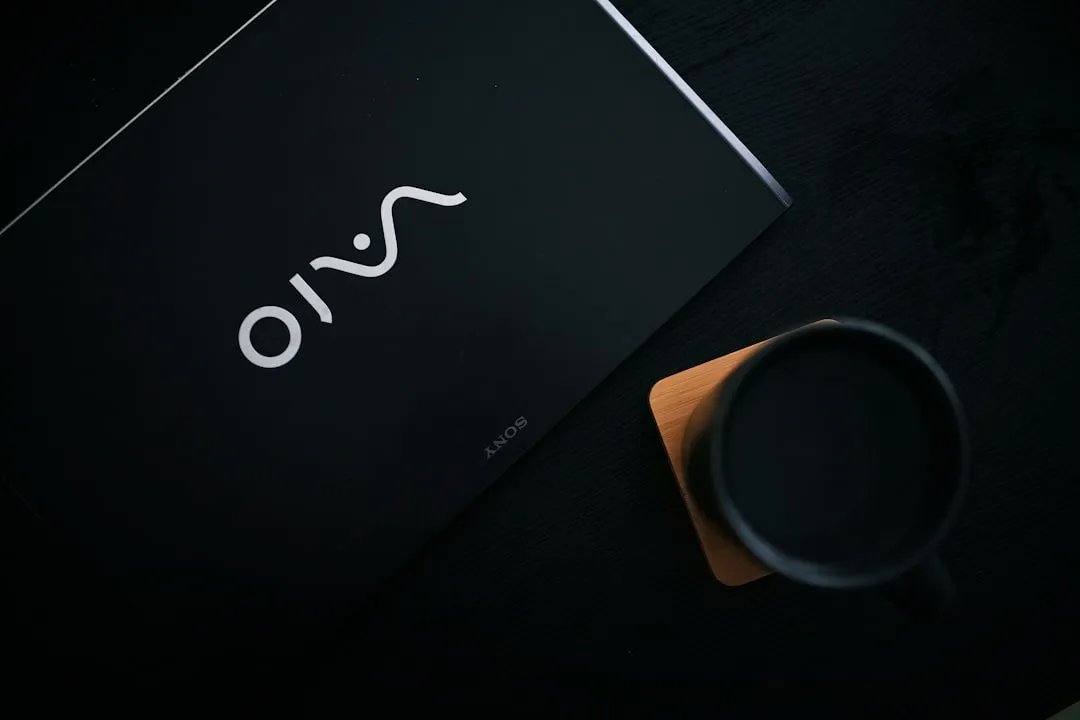
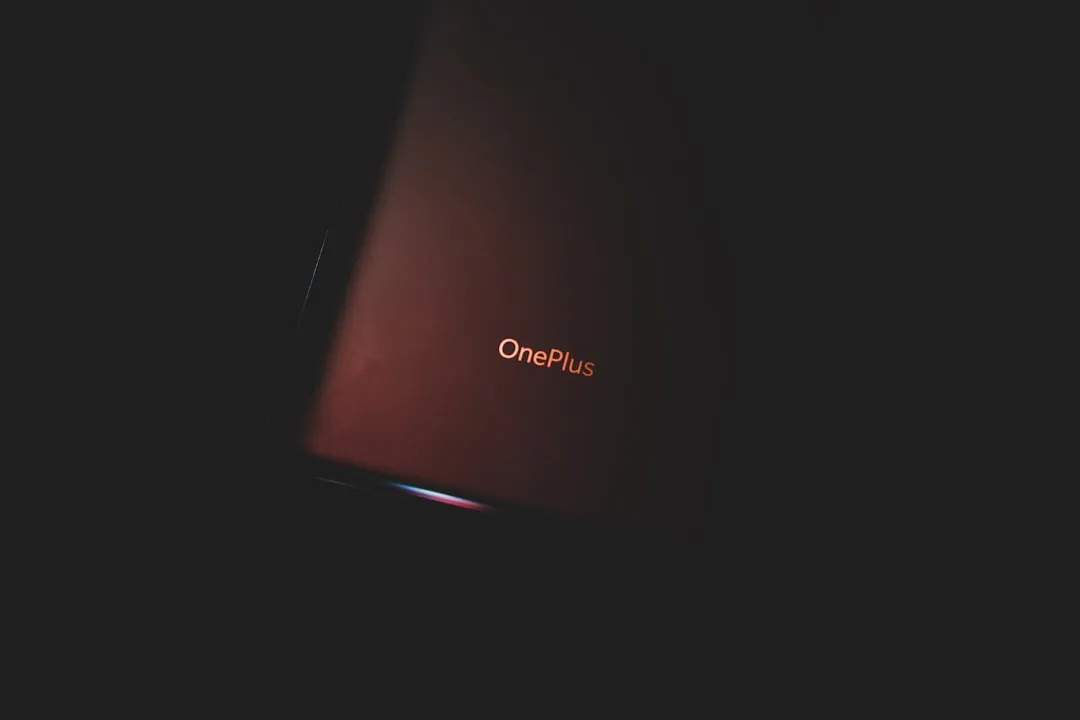

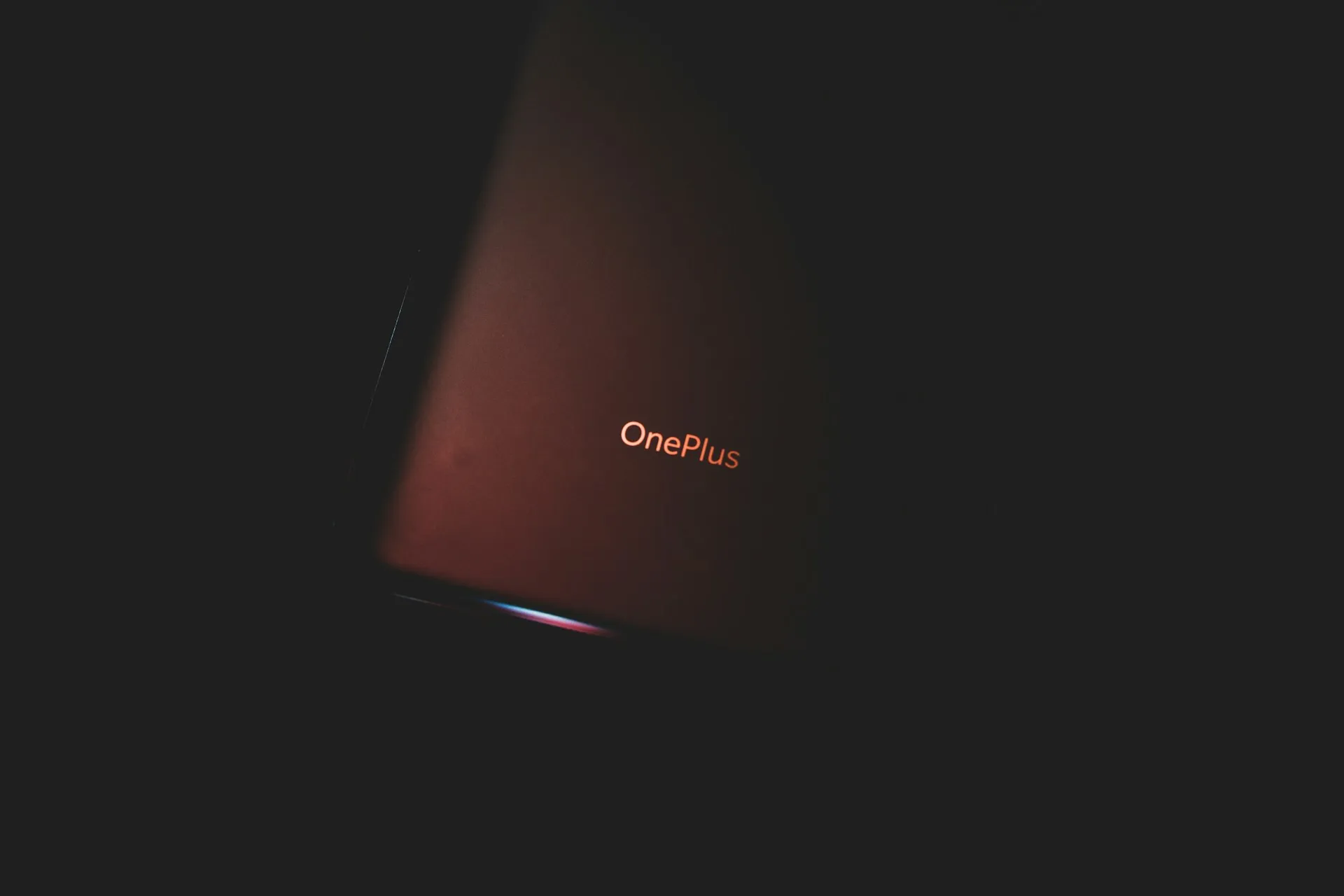

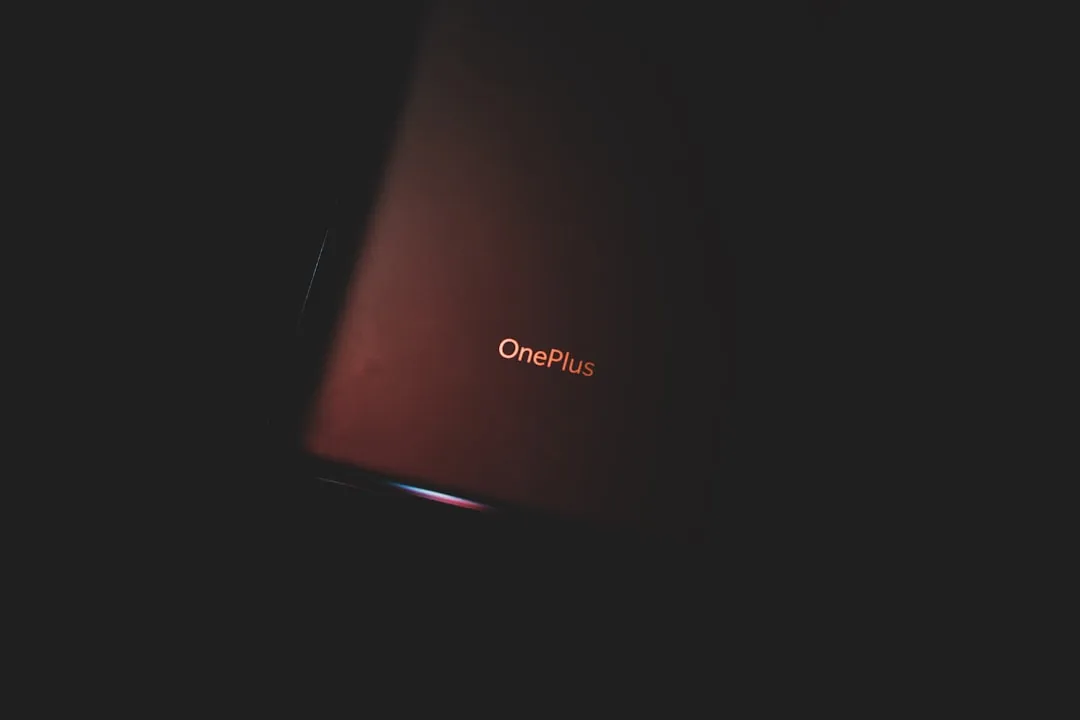


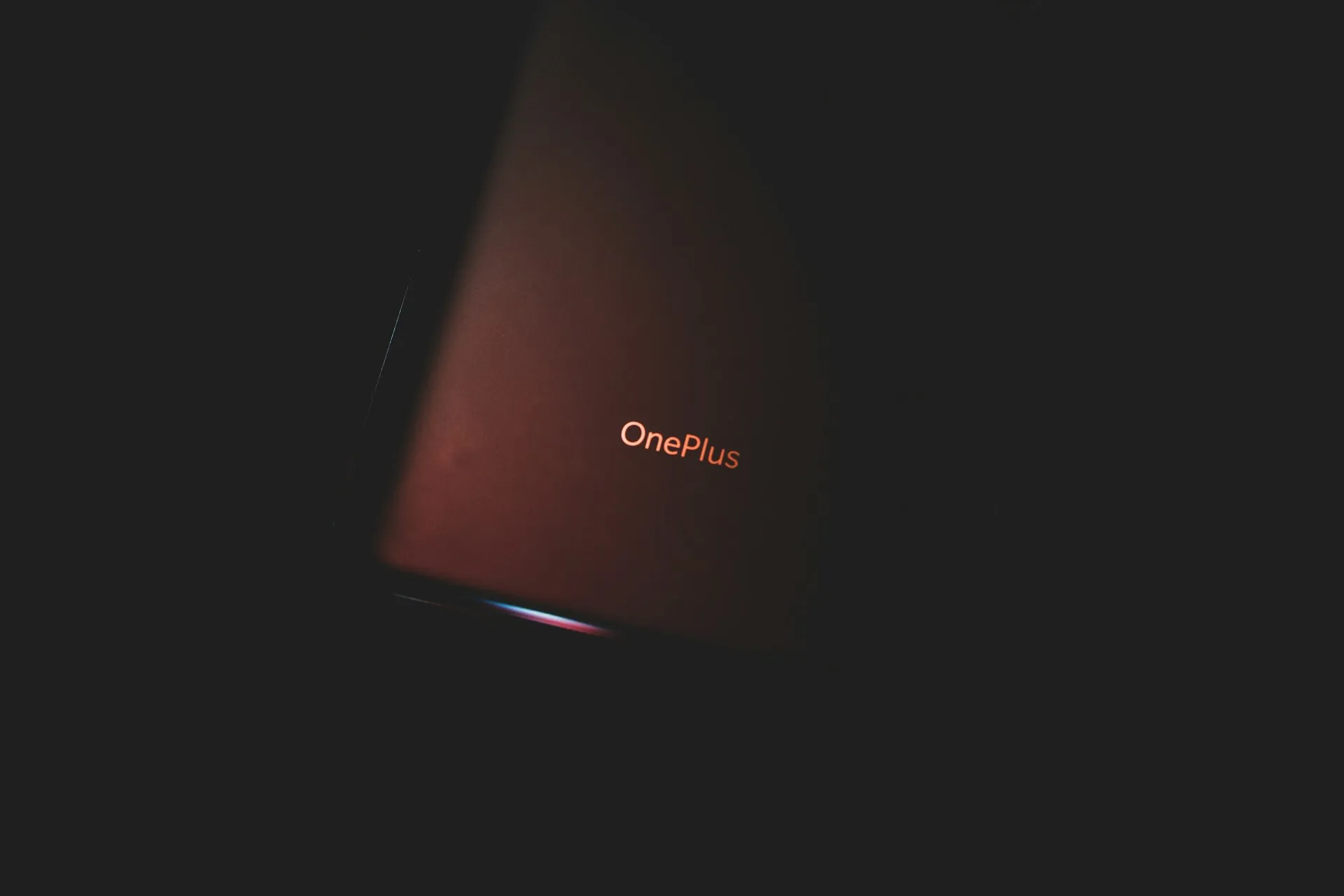

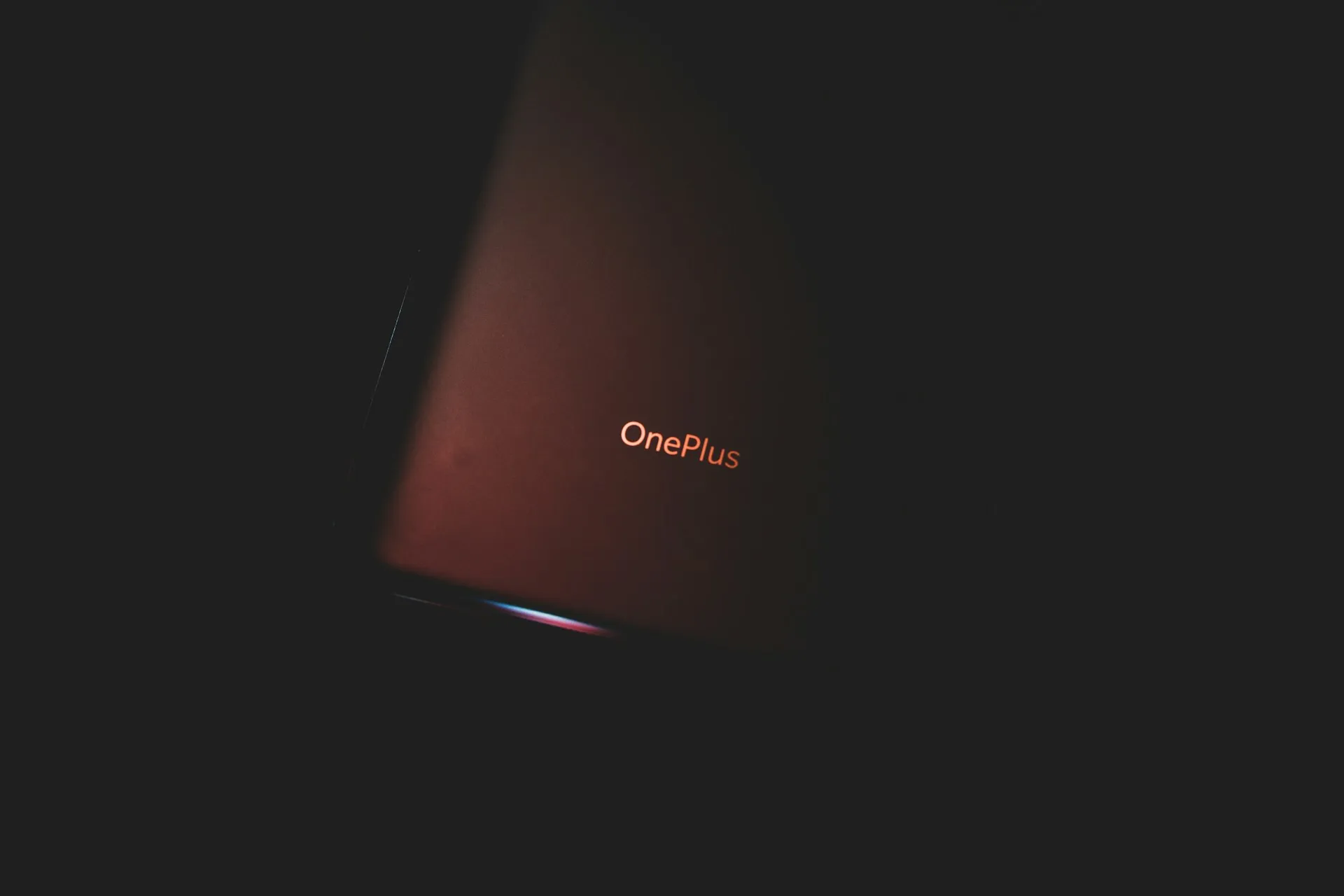


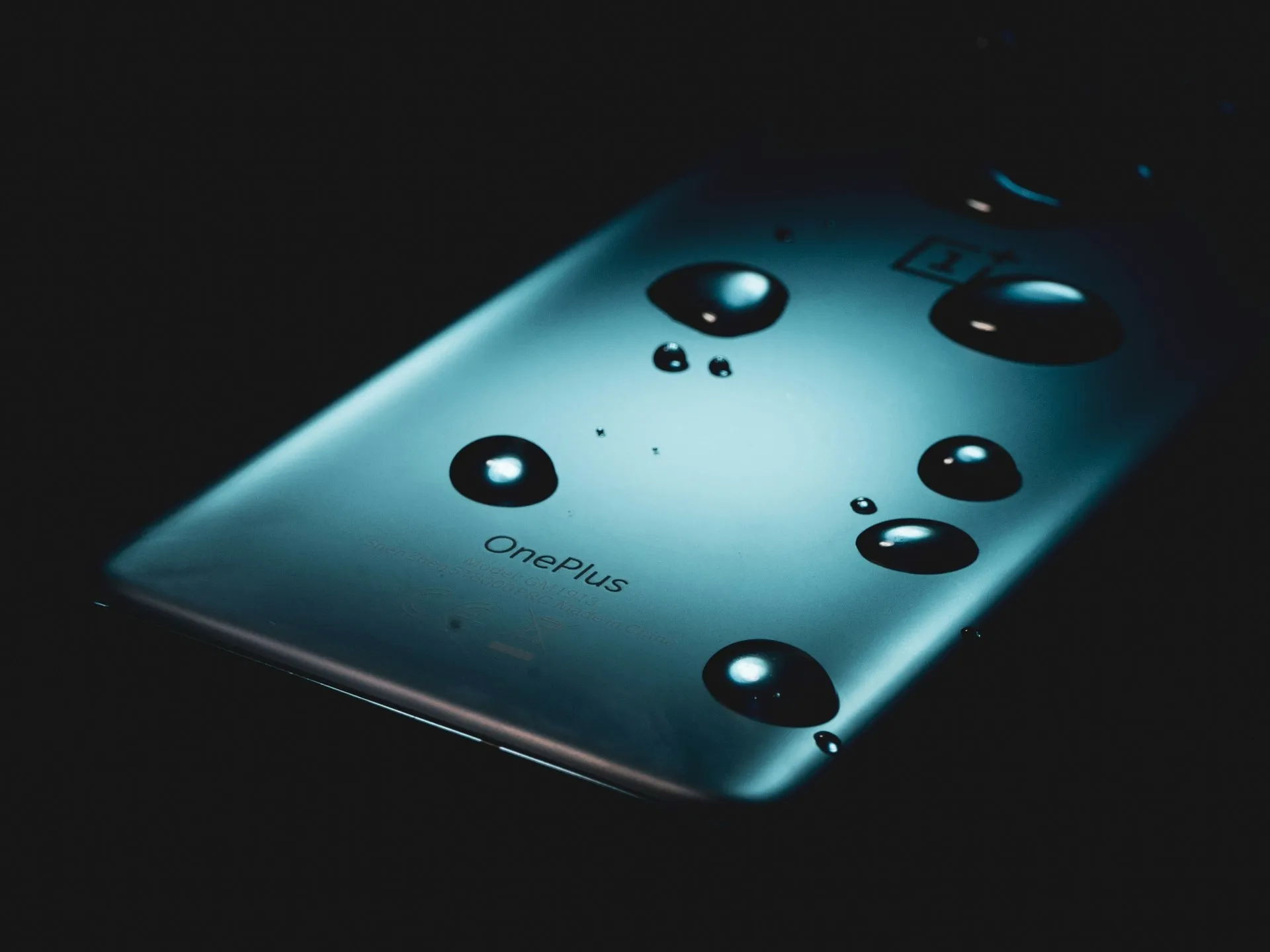


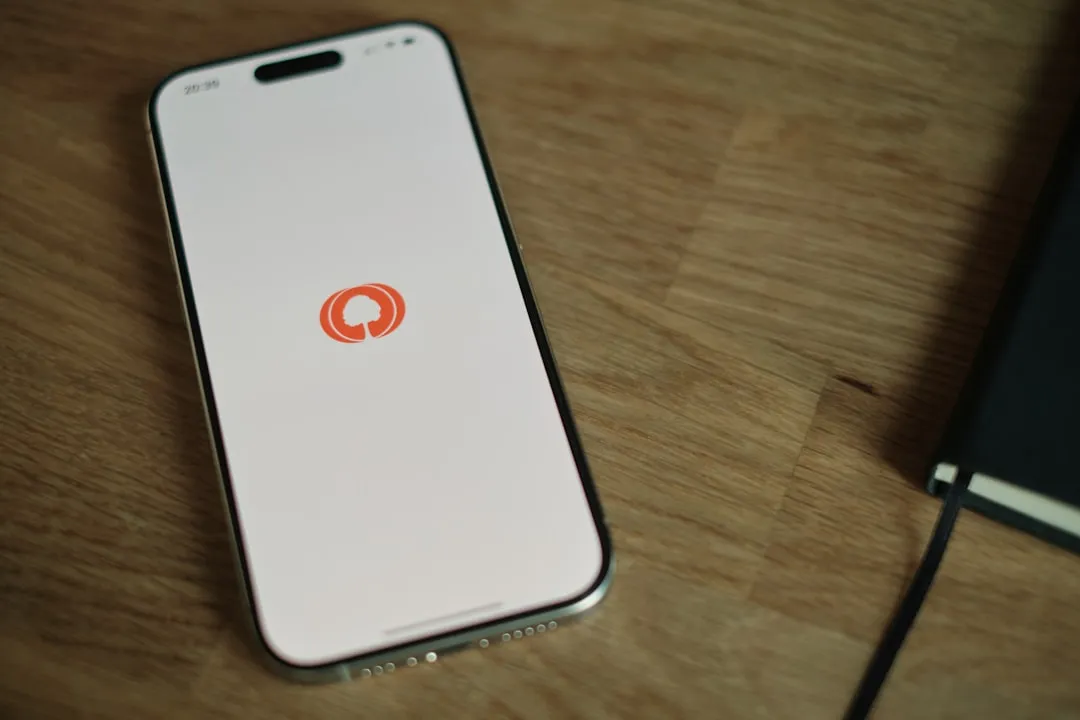
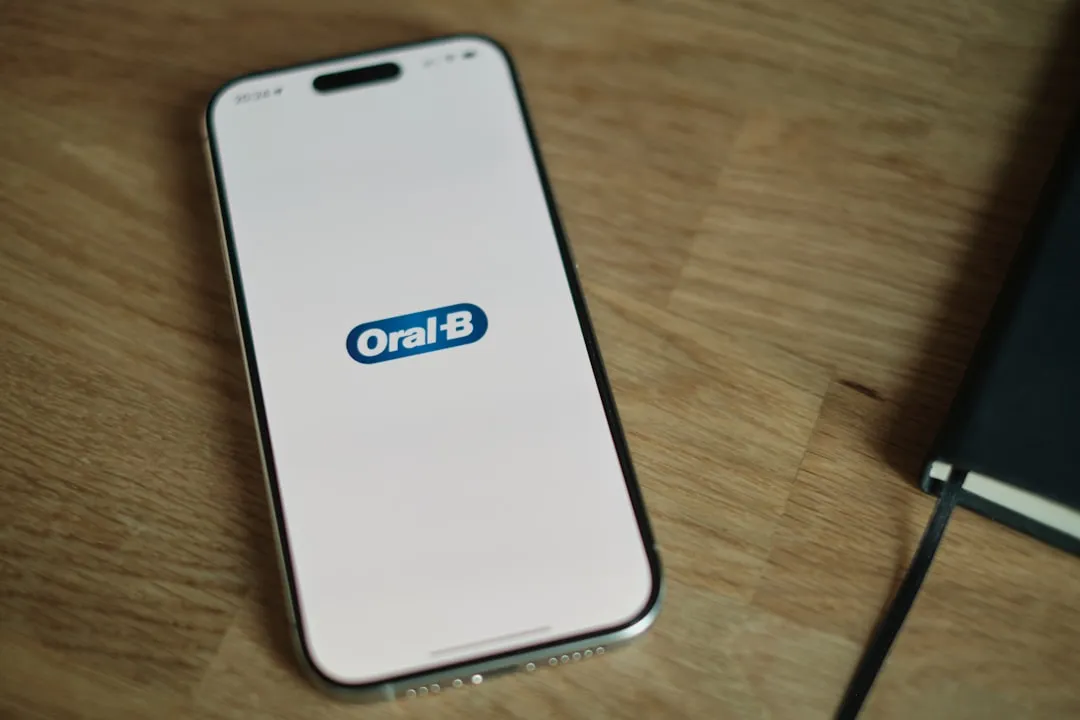
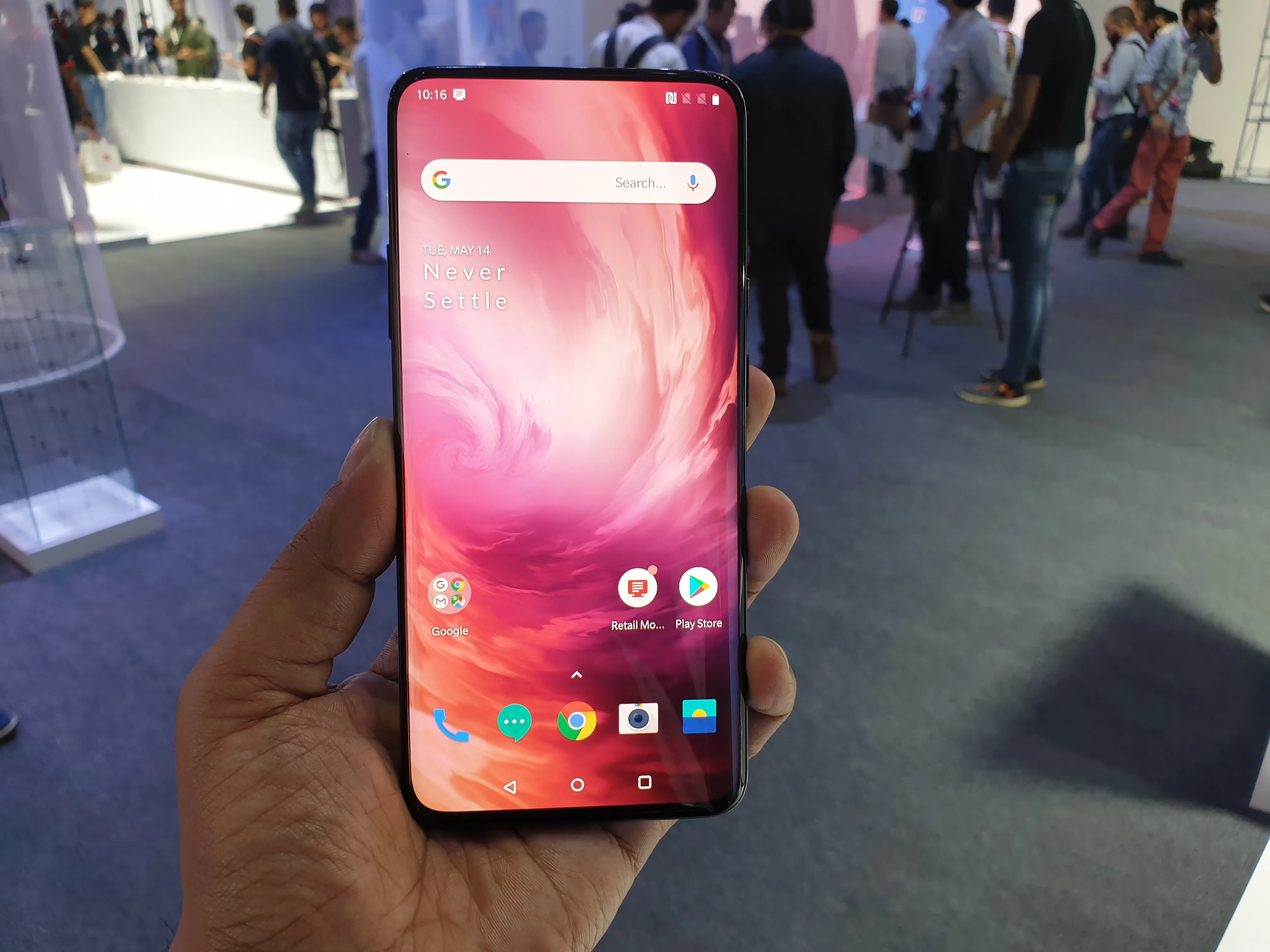
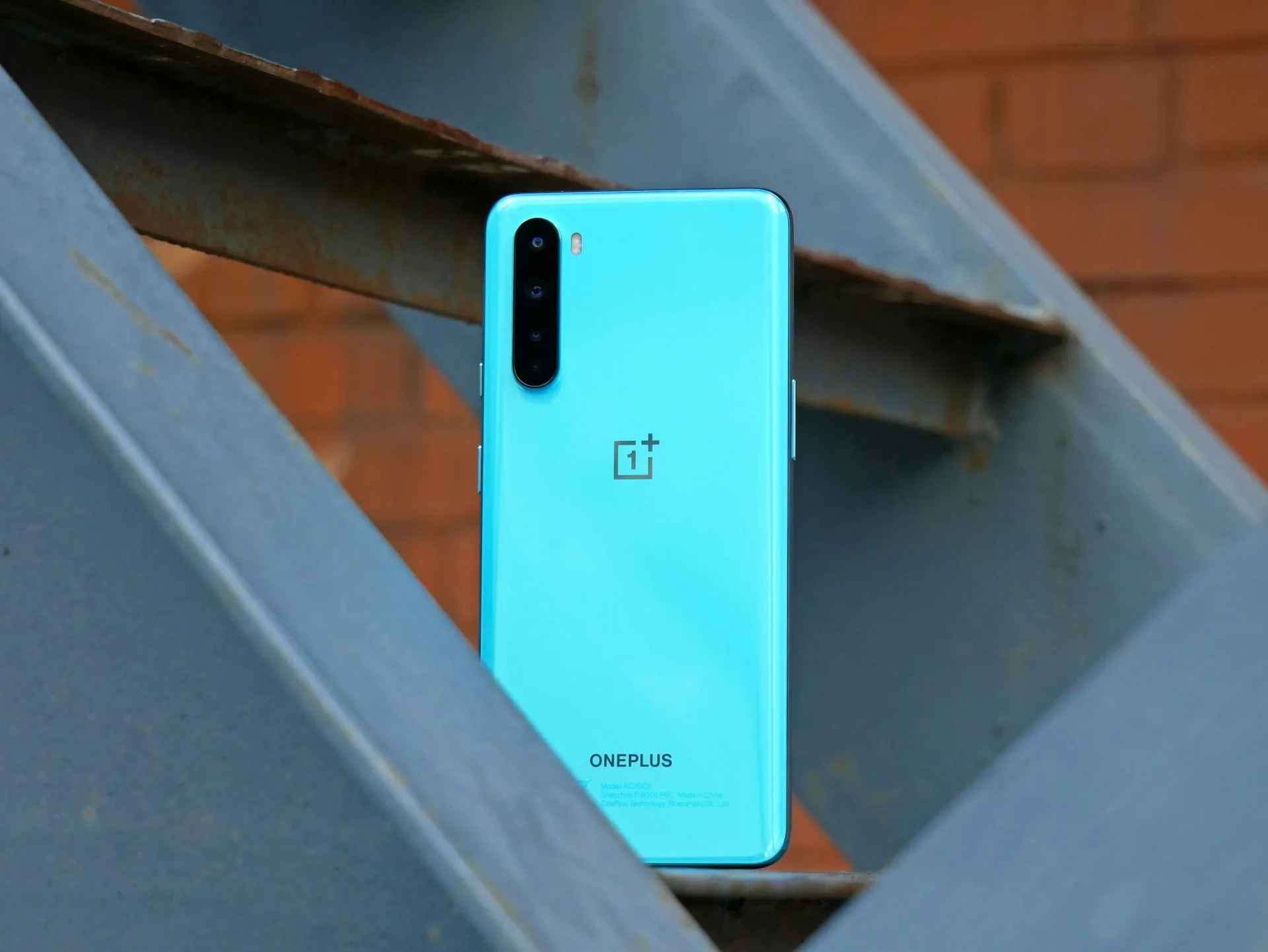
Comments
Be the first, drop a comment!